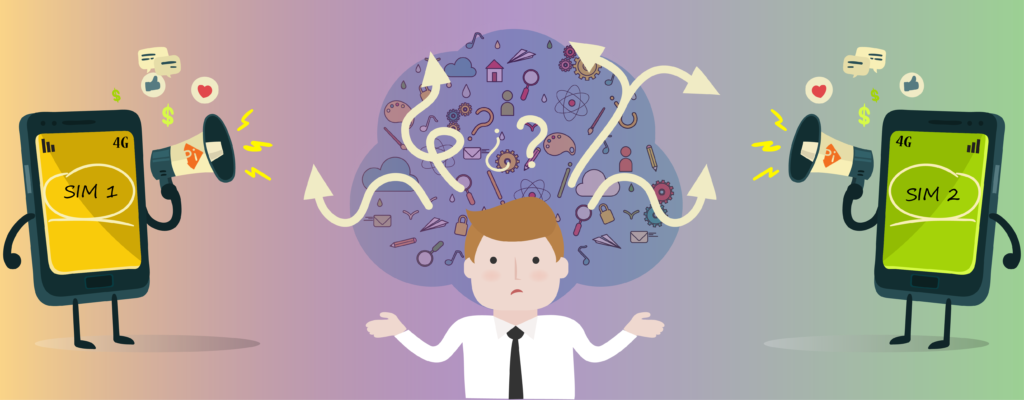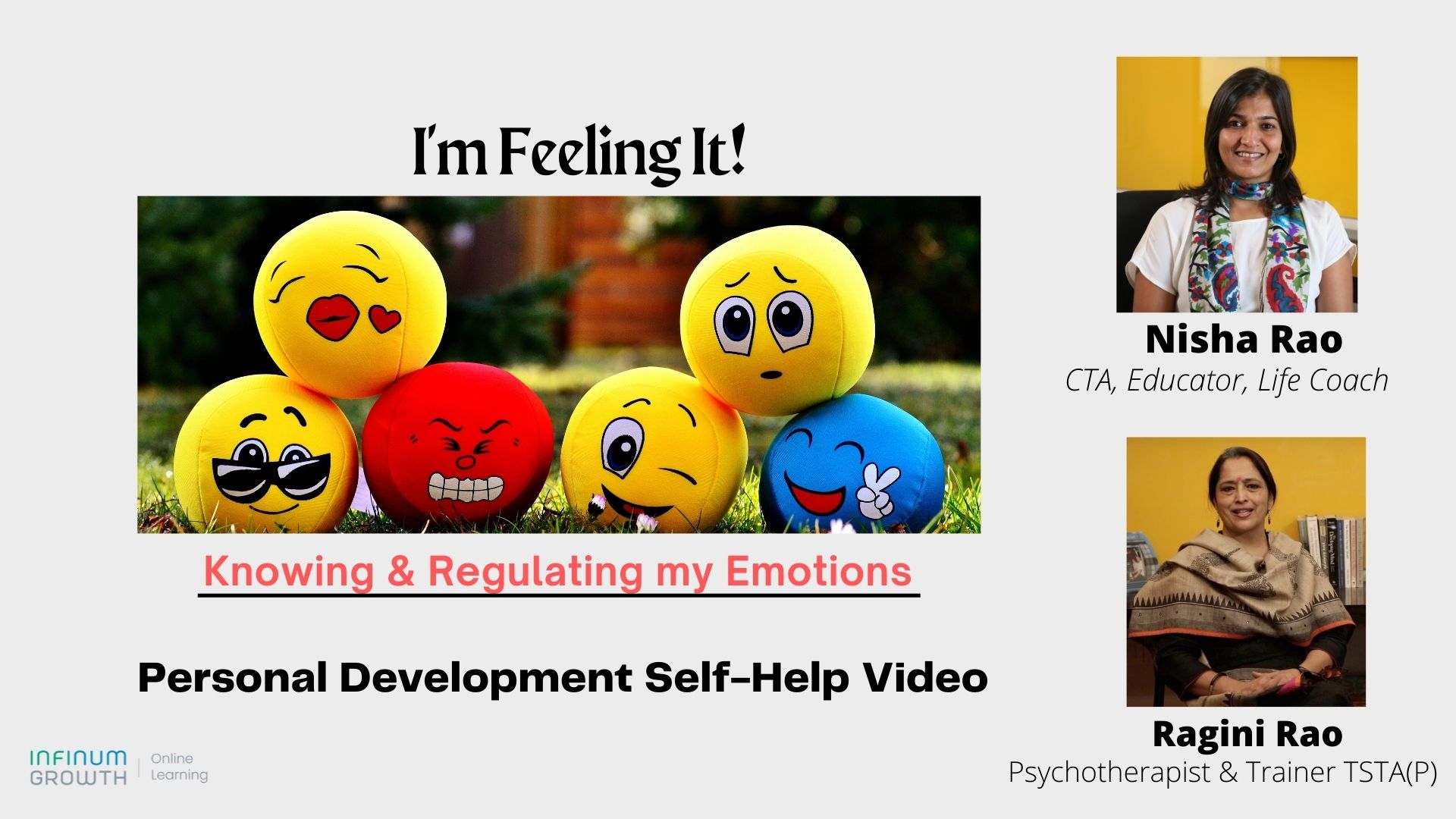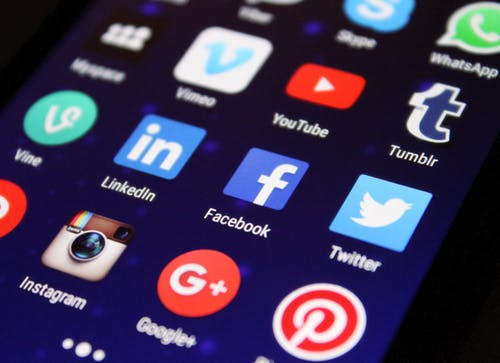Internationally, mobile operators are going through a pandemic struggle for consumer loyalty. This may be typical of a category that evokes low involvement from a consumer’s point of view. This is especially true in the case of prepaid users of mobile operators. There is a plethora of reasons for the same – overload of information, offers largely undifferentiated and standardized, a category in which the consumers are unlikely to spend time assessing which brand to buy; because to them, their final purchase decision is of comparatively little importance.
Typical Consumer Heuristics
In such instances consumers use heuristics or rules to simplify their product decisions. Price is a common heuristic. Familiarity and Perceived Risk are a few other factors. The consumers may also act by habit or simply buy what is on top of their mind. Yet another reason is their lack of motivation to actively weigh up the pros and cons of the brands. This is not entirely a problem of the category, but a self inflicted one as well, where the telecom operators have chosen to play an undifferentiated role- the path with the least gradient.
Interesting times ahead
Interesting times lie ahead; Technological disruptions and the Gen C (connected) consumers are debunking stereotypes, even before they come into existence. No predictions here, but one thing is sure – technology is getting to be at the epicentre of our lives. Despite many shared beliefs, these consumers are a disparate group.
We are in the midst of a digitally connected world that makes interesting times for a marketeer. The mantra now is to understand consumers deeply (intimately is more like it), rather than stereotype them into “segments”. Let’s take the good with the bad – though there is a need for wholesale change in our attitude to consumers, the timing couldn’t have been better with all that is happening around us.
Here are a few of the biggest game-changers:
• On Consumer side – there are smart phones/ digital devices and networks connecting societies, that’s made this world a much smaller place.
• For Retailers /Brands – QR codes/Beacons/Point of sale devices capturing, reading, understanding behaviours and influencing them.
• Amongst Manufacturers/Service providers – huge data warehouses/high processing capability giving them the horse power to process terabytes of data in real time/ near real time.
• Integrated marketing management solutions- those that facilitate triggers in real time, are in vogue; because, the evolved marketeers have put the consumer as the fulcrum of their eco-system. As a starting point, a unified view of the consumer across the spectrum of the organization is taking root.
The above dynamics, when combined, unleash a marketing horsepower that’s hard to beat.
Way forward for Telecom players
Currently there are very few greenfield opportunities for a telecom player. Given that the current technology is also playing itself out, it is clear that the world of telecom is getting turned on its head! Imagine making the consumer the ‘central piece’, in an industry that’s largely been the preserve of a few behemoths- where network, distribution and brand (to a much lesser degree) ruled the roost. A clear change of direction is what is being witnessed. Simply put- this has been an oligopolistic business model, with a complete slant on the “supply side” aka “Utility Company”!
A unique thing about the emerging market play is that, these are markets that are structurally prepaid (largely because of commitment of small sums and ability to control the wallet) and essentially cash-flow driven. Plans & policies for this market come with some amount of unpredictability. Here the marketeers, primarily, have to don the robe of a ‘daily/multi-frequency wallet share mover’. However, the traditional behaviour is focused towards the pursuit of market share which is more an outcome than an enabler.
In this pursuit, companies typically spend a great deal of time and money trying to improve consumer engagement, by measuring and managing metrics such as, Satisfaction, Net Promoter Scores etc. But increasingly these are becoming passé, as they correlate rather sub optimally with what matters most; the share of wallet. This is the percentage of a consumer’s spending within a category, that’s captured by a given brand.
Consumers may be very satisfied with your brand and happily recommend it to others—but if they like your competitors just as much (or more), you’re losing sales. This is a real possibility in value driven telecom markets, that are fully / near fully penetrated and consumers have multiple SIMs. Making changes to increase satisfaction won’t necessarily help. This doesn’t mean traditional metrics aren’t valuable; it can be indicative at best! To quote a study- The correlation between changes in satisfaction or intention to recommend and the share of wallet came out very weak @ only 0.1.
Hence a very clear distinction needs to be drawn between satisfaction and loyalty. Loyalty is the driver of wallet share and not necessarily satisfaction.
Moving towards Hyper-Personalization
Here’s where a recalibration of the marketeer to the emerging scenario of hyper-personalization or the Power of “I” , becomes essential.
Personalization is about building a bond- the genesis of a “conversation”. This is the Holy Grail for a marketeer today. A company’s tryst with personalization begins when there is enough behavioural data within the enterprise. Though most telecom companies are flush with data, their progress thus far in this regard has been, at best, modest. This is an irony, as very few businesses have the luxury of knowing the consumer like the telecom companies do, with all the behavioural data and also the wallet that is available for dispensation.
Even in the context of ‘plenty’, a few of the below mentioned caveats would keep the marketeers in good stead :
1) Personalization is an educated guess and not a perfect science! Good to stay conservative!
2) Brands should customize adequately, but not restrictively or very narrowly.
3) Personalization should be non-intrusive– Strike a correct balance between being informed and non-invasive (err on the side of caution!)
4) Any intervention should influence discretionary spends and lead to unplanned purchasing decisions. This is how the telecom companies can move the wallet of the consumer from other categories. This script has not played out in its entirety yet.
5) Finally, if the above were to happen, personalization can help brands anticipate and influence the shift in consumer predilection.
Hyper-personalization is thus a harbinger to the confluence of the consumer and the corporation’s interests.Hence, splintering is sensible; and, appealing to the rationale is a pertinent starting point. Thus the real challenge for enterprises, in an era that drives ‘1:1 future’, is in better management of consumers and not products.
This will separate “the wheat from the chaff”.
Also read this article on Consumer Decision Funnel by Kumar Ramanathan
The concept of Consumer Decision funnel – anachronistic in the digital age?
Please do leave your comments at the bottom and do share with others if you like this article.


















